A Natural Afterlife
Even in death, trees continue to serve their ecosystems. Dead trees, whether upright or fallen, provide vital habitat for various species, enriching their surroundings even after they have ceased to grow.
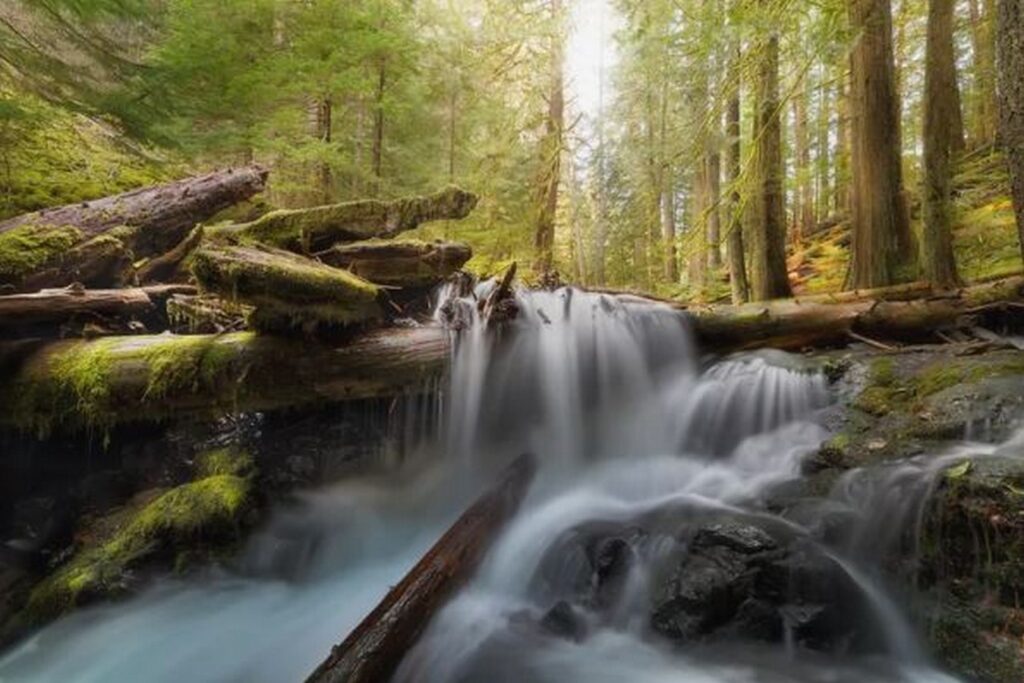
The Journey of Driftwood
Some trees embark on an unexpected journey after death, becoming driftwood as they traverse rivers, lakes, and oceans. This phenomenon, often overlooked, plays a crucial role in ecosystem dynamics and offers surprising ecological benefits.
Reshaping Environments
While driftwood may appear mundane to some, it carries the legacy of its origins and adventures. From distant forests to shipwrecks, driftwood’s transformative journey reshapes coastal environments and enriches coastal ecosystems.
A Natural Solution
In an era plagued by plastic pollution, driftwood serves as a reminder of the benign nature of natural marine debris. Unlike plastic trash, driftwood embodies the delicate balance between land and water ecosystems and showcases the subtle beauty inherent in coastal landscapes.
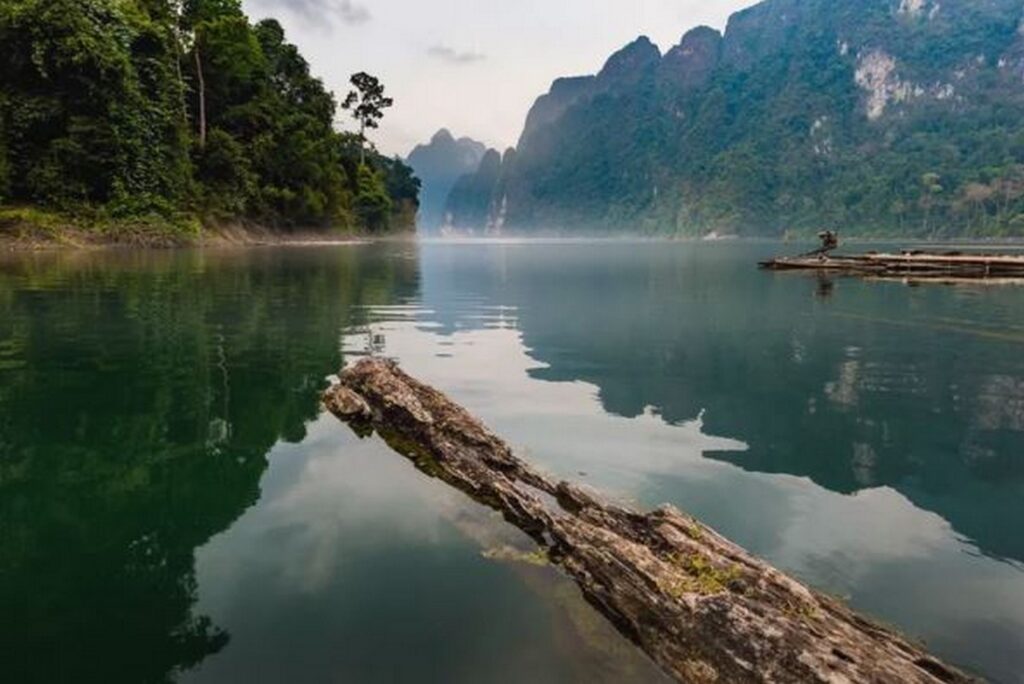
The Role of Driftwood in River Ecosystems
Driftwood plays a significant role in river ecosystems, shaping channels, and influencing nutrient cycling. These woody remnants accumulate in logjams, providing habitat and promoting biodiversity in freshwater habitats.
The Legacy of Ancient Driftwood
Throughout history, driftwood has been utilized by indigenous communities for various purposes, from boat construction to shelter building. Its practical uses highlight the resourcefulness of coastal cultures and the enduring legacy of driftwood.
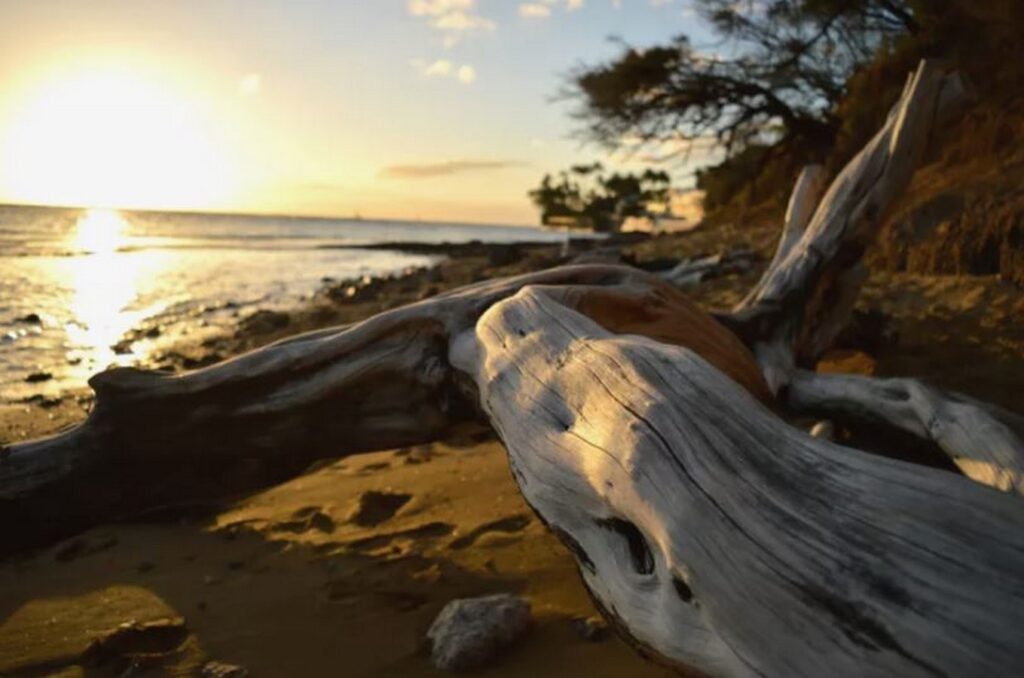
Embracing the Aesthetic and Practical Value
Beyond its ecological significance, driftwood also captivates with its aesthetic appeal. Carrying intricate patterns and textures shaped by its journey, driftwood offers a glimpse into the dynamic forces of nature.
Preserving Coastal Landscapes
While driftwood serves as a valuable resource in many contexts, its conservation is essential to maintain the integrity of coastal ecosystems. By appreciating the beauty and benefits of driftwood, we can foster a deeper understanding of the intricate connections between land and sea.


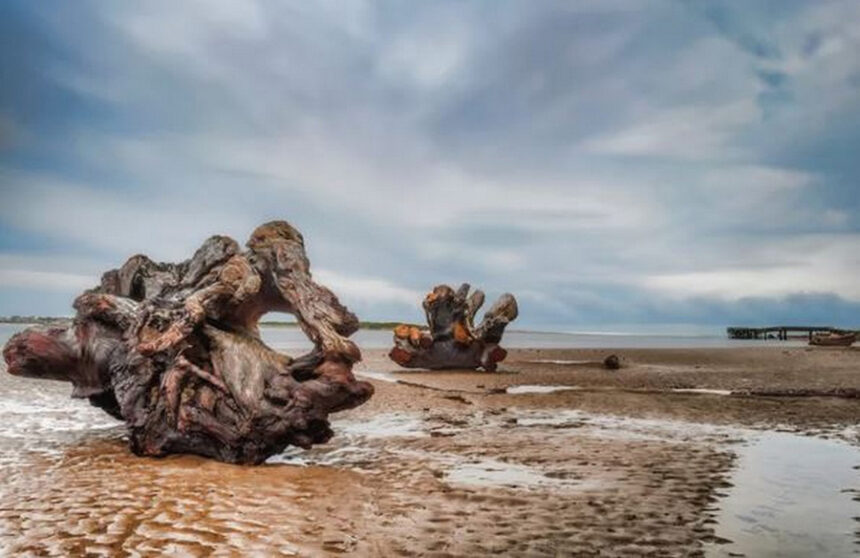
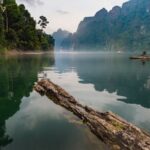
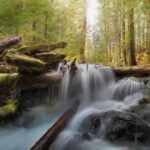

Leave a Reply